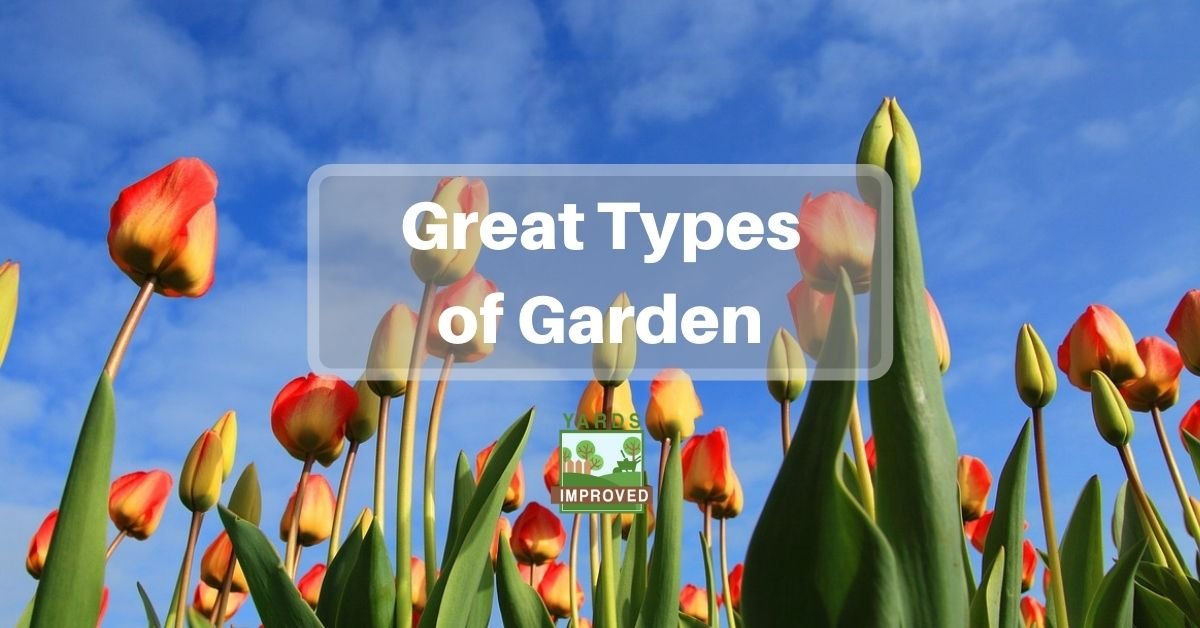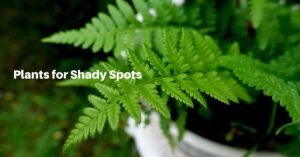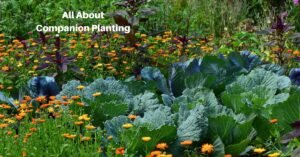When you think of a garden, you probably form a single image in your mind. But in reality, there are many types of gardens. They come in all sizes and shapes, of course. But they can also contain a wide variety of plants. They’re not limited to just flower or vegetable gardens, either.
So when you want to plant own garden, remember that there is a wide range of options. While climate and space will affect what will grow, there are always possibilities. Here, we’ll look at some varieties of outdoor gardens that you might find a good fit for your yard!
Choosing The Garden For You
With enough time and space, we could come up with an enormous list of types and subtypes of gardens based on all sorts of factors. However, to keep it simple, let’s have a look at some basic types. Hopefully, you’ll be inspired to new possibilities for your yard!
Flower Beds
A flower bed is by far one of the most common types of garden. It’s a great way to add color to your outdoor areas!
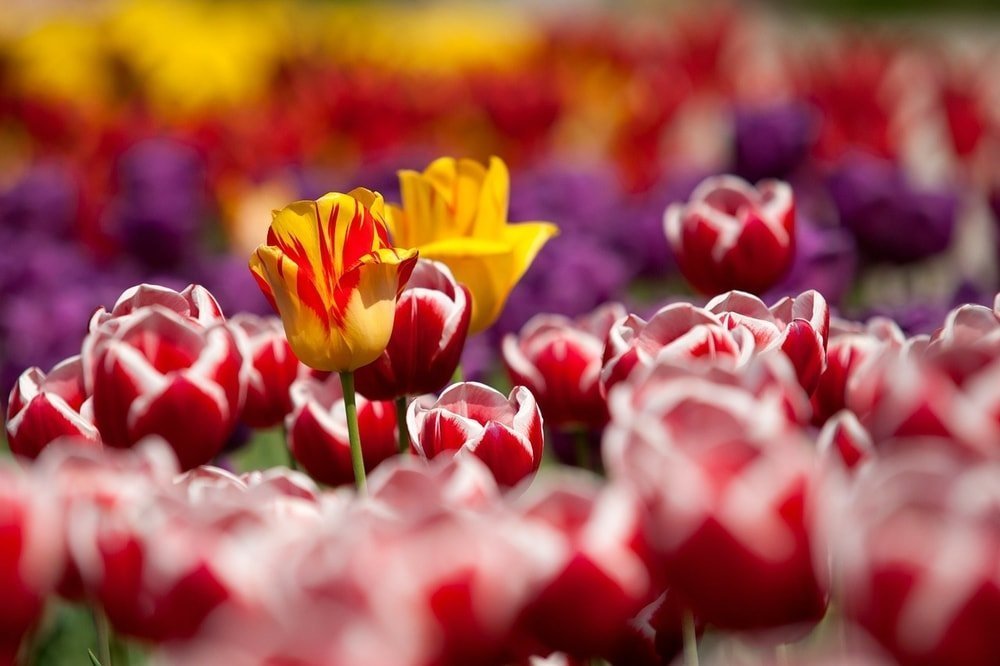
Flowering plants come in all sizes and the flowers they bear are found in nearly any color imaginable. You can even mix and match so that you have different flowers in bloom during different seasons.
Vegetable or Herb Garden
A vegetable garden is a great way to bring the fantastic taste of fresh food to your table. You’ll have the satisfaction of knowing that you’re enjoying the produce of your work tending your garden.
Most vegetable plants don’t bear flowers comparable in beauty to those you’d find in flower beds. However, nothing matches the site of your first tomato, zucchini or snow peas of the season!
Many herbs also make great additions to home gardens. Some even help keep bugs away and you can mix them in with your flowers for this natural protection.
Container Gardens
Just because you want to have an outdoor garden, it doesn’t mean you have to plant in the ground. Instead, you can use containers to hold your plants. This gives you a great deal of versatility, too.
You can choose the size of your containers and where you place them. Also, you have complete control over the type of soil you fill the container with.
Containers also allow you to bring plants inside when the season changes. At least, that’s the case with smaller containers!
Living Walls
Some plants, like ivy, will grow straight up the wall. But you can add a wide variety of plants to any wall with hanging grow bags! These pouches hold dirt and a plant and add beautiful color to a plain wall. They can help make you feel like you’re truly immersed in nature!
Raised Gardens
Raised gardens are more fixed than container gardens, but offer some of the other advantages. You can build a platform where you want and choose the right kind of soil for the plants you choose.
You can elect to have a raised garden that sits right on the soil or choose to build something higher.
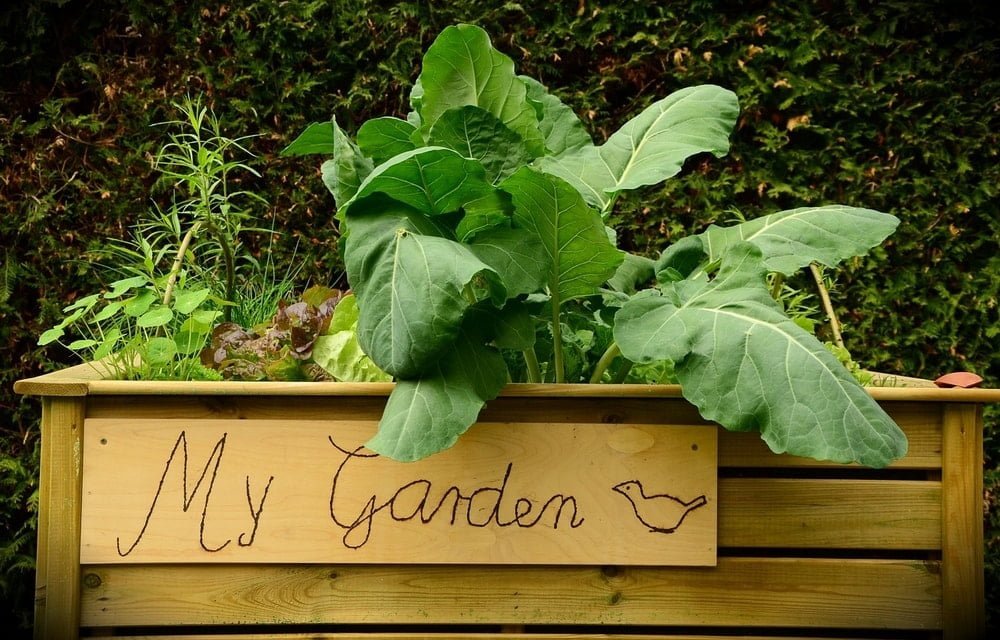
Rock Gardens
Having a garden doesn’t always have to be about a large plot of fertile soil on a flat piece of land. A rock garden is great on slopes. It’s also fantastic when water is in short supply or you like the sparser beauty of the desert.
This is a great option if your yard doesn’t have good soil!
A few plants amidst gravel and rocks can create a wonderful appearance. Desert wildflowers and flowering cactus can add some color in the right conditions. If you live in a colder region, there are still great options like dwarf conifers, ice plants, and more.
Water Gardens
Another beautiful and less common idea for gardening is water gardening. If you have a pond or stream on your property or would like to add one, many beautiful plants can grow at the water’s edge or even in the water itself.
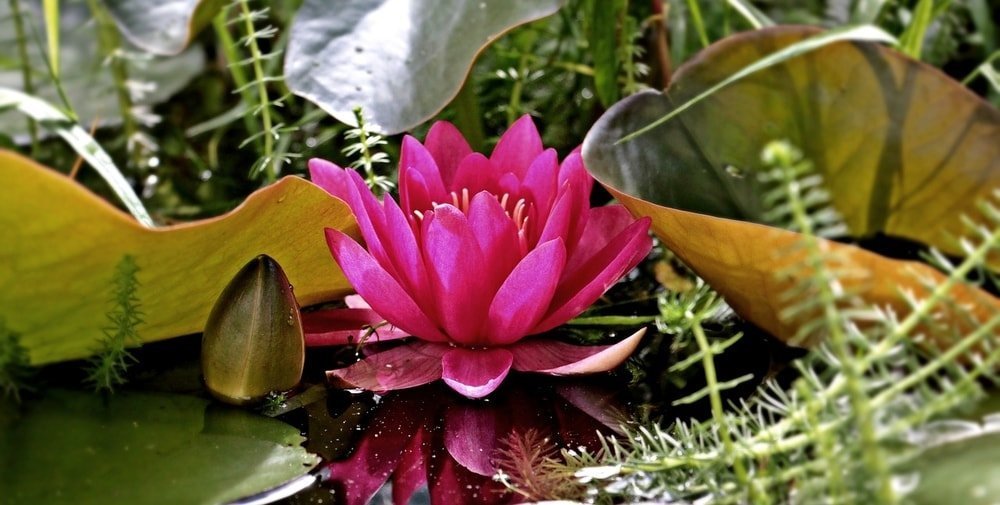
A water feature can be soothing and also attract wildlife to your yard. Complementing it with beautiful plants only adds to the appeal. Tall grasses, water hyacinths, arrowhead, and others help add a great blend of colors and textures.
Japanese Gardens
A Japanese garden combines water, rocks, and plants to create a wonderful environment. It has a structure to it, but it’s very distinct from Western-style gardens.
Bushes, trees, and flowering plants are arranged in small sections The bushes are usually trimmed into rounded shapes, emulating the appearance of rolling hills and clouds. All of this is carefully arranged around a small water feature. One of the hardest parts in the arrangement is making it all look natural!
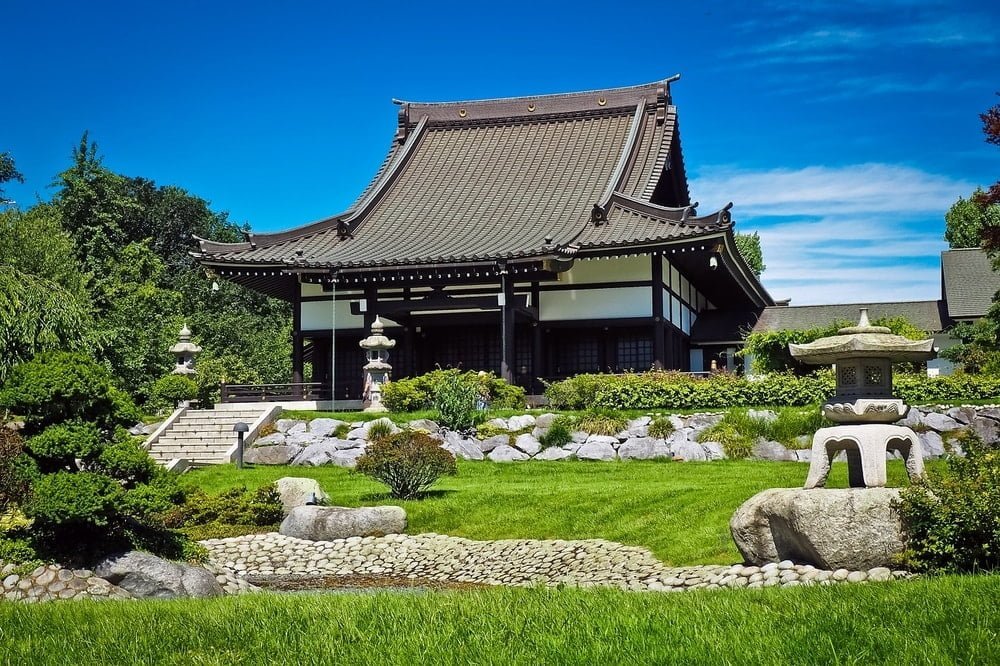
A Japanese garden takes a lot of discipline but it provides a great opportunity to create a beautiful work of art with a contemplative feel.
Choosing The Garden for You
Whether you’re still exploring options for a type of garden or you already have a good idea of what you want, there are various factors to keep in mind.
Personal Taste
We often include preferences as the last item in many lists. But here, it should come first.
A garden helps your home look great for others, but it’s also for yourself. You should choose a style (and the plants that go with it) that will reflect who you are and what you enjoy. If you don’t like flowers, then a rock garden might be best for you. If you want to enjoy home-grown vegetables, then a vegetable garden is ideal.
Choose a style of garden that you can look at and feel relaxed. There will always be work to do in it, but opt for one that is going to make you feel pleased at the end of the day.
Climate
Of course, the climate where you live is a huge factor in choosing particular plants. And that can make some garden types more feasible than others.
For instance, if you live in the US Southwest, a rock garden may be more feasible to maintain. Some wildflowers and cacti will go grow. In New England, though, those plants won’t survive the harsh winters. However, you can choose a flower bed that wouldn’t last long under the strong desert sun.
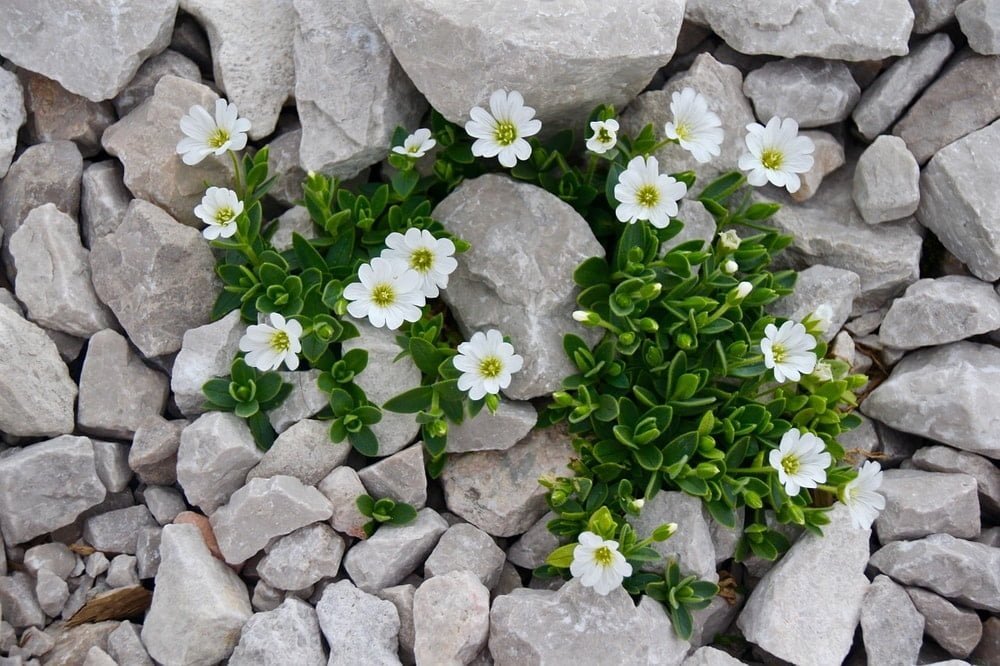
Soil
The type of soil in your yard can also affect the kind of garden you choose. Certain plants grow better in certain soil conditions. Whether you have a higher sand, silt, or clay content may affect what will grow.
Of course, you can always buy loads of soil. However, this is an added expense. You’ll also have to make sure the soil won’t wash away over time and leave you with the original situation.
Terrain
A flat yard makes it easy to have a garden. But a slope can complicate things. If it’s steep, it may be hard to tend the garden, so you’ll want something that’s low-maintenance. You’ll also have to think about erosion and runoff, and how well your plants will be able to root themselves to the ground.
Conclusion
When it comes to gardening, the possibilities are endless. While the environment does play a major role, you can still design a garden and grow plants that increase the beauty of your yard. They may even be useful, too, by providing some of the food for your table! Gardening is a wonderful pastime, and we hope that you’ll decide on a great type of garden that will make you happy whenever you see it or work in it.

